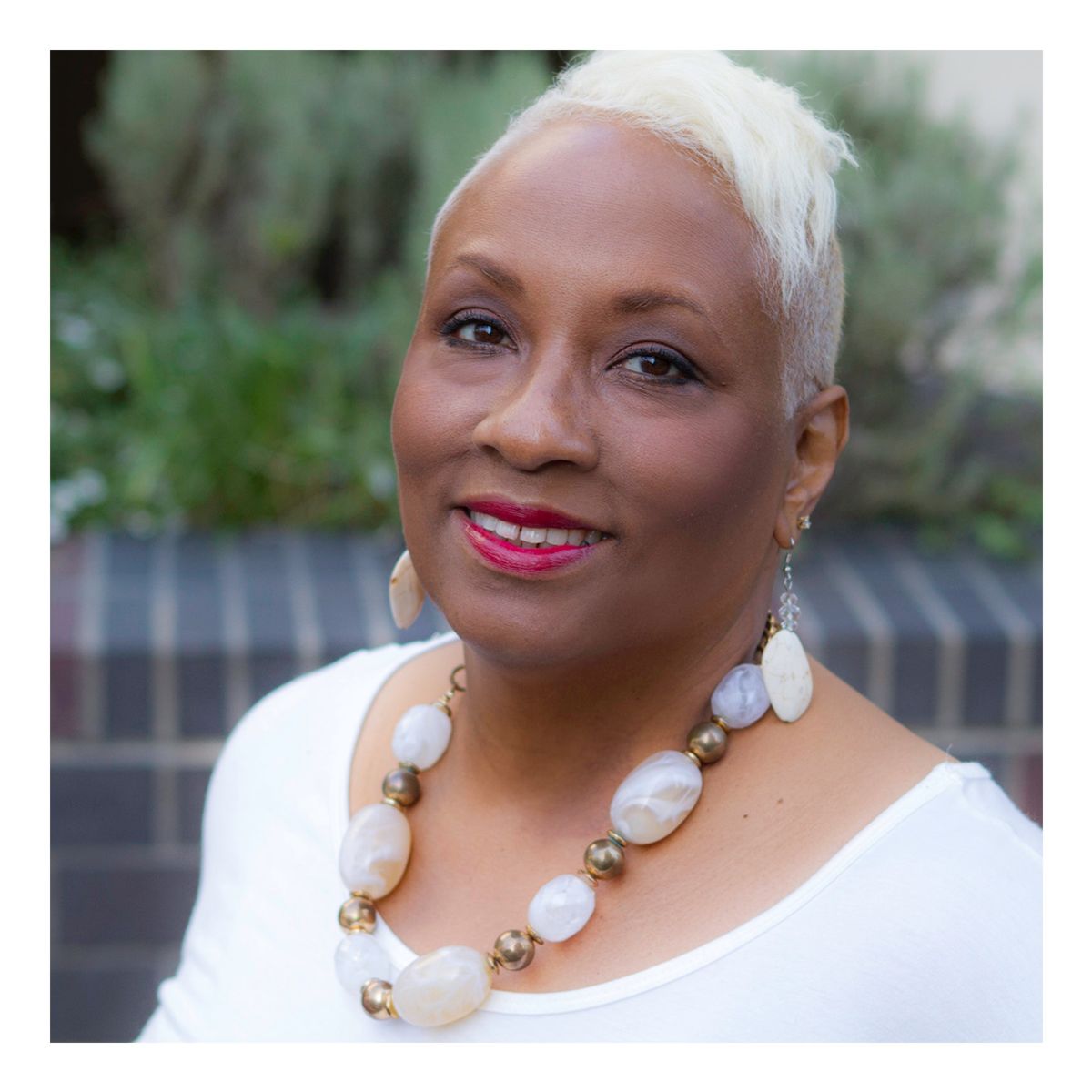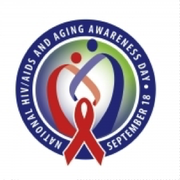HIV and Older Adults: 6 Steps to Building Better Awareness
By Tanya Henderson, PhD | September 3, 2015
Project Director, Community Impact Solutions Program, ETR
September 18 is the 8th annual National HIV/AIDS and Aging Awareness Day (NHAAAD). NHAAAD focuses on the challenging issues facing the aging population regarding HIV prevention, testing, care and treatment.
The campaign, spearheaded by The AIDS Institute, seeks to:
- Reach people living with HIV/AIDS who are either aging with the disease or were over age 50 at the time of their initial diagnosis.
- Increase the use of protection, especially among the baby boomer population (people born from 1946 to 1964, who are now 51 to 70).
- Support the increasing number of grandparents becoming primary guardians for children who have lost their parent(s) to HIV/AIDS.
At ETR’s Community Impact Solutions Program, we think it’s important for everyone of every age to understand the message that unsafe practices can put anyone at risk for HIV. Whether you’re young or old, your age will not protect you.
6 Steps You Can Take
Here are some things you can do to support the effort.
- The AIDS Community Research Initiative of America (ACRIA) has created a series of posters for this year’s event bearing the headline, “Age is Not a Condom.” They’re quite dynamic—take a look and share them around!
- Watch this fabulous condom promotion video featuring “mature adults in various poses of the Kama Sutra.” (Everyone is fully clothed.)
- Read this blog post, “You’re Not Too Old to Get AIDS,” on Senior Planet.
- Read my companion blog post, “Older Americans with HIV: Voices from the Community,” featuring interviews with older Americans living with HIV. Find out directly from the people living it what the experience is like.
- Post some of these resources on social media. Talk with your colleagues and take the message home to your families. It’s time for all of us to be more aware about HIV/AIDS and older adults.
- Read the information below for an overview of HIV in older Americans.
Older Americans and HIV
The focus for HIV prevention efforts often misses older Americans. This is unfortunate. People age 55 and older accounted for more than 25% of the estimated 1.2 million people living with HIV in the United States in 2011. In 2013, they constituted 5% of new cases.
People over 50 have many of the same risk factors as younger Americans, along with some others related to aging. Widowed and divorced people may begin dating again, but be less knowledgeable about HIV prevention and safer sex. When pregnancy isn’t a concern, couples may be less likely to think about using condoms.
Older women typically experience thinning and dryness of vaginal tissue. This increases the risk of tears and bleeding during intercourse and may increase their risk of acquiring HIV.
Older men may use medications for erectile dysfunction. This may increase their participation in vaginal or anal intercourse.
Older Americans are less likely than younger individuals to discuss sexual risks with their health care providers, and their providers are less likely to ask about it.
Let’s Talk, People
If you’re a health care provider, health educator, community worker, counselor or in any other way a provider of information about health and self-care out there in the world, be sure to talk about HIV risks with older adults.
Thanks for joining in the effort!
 Tanya Henderson, PhD, is Project Director of ETR’s Community Impact Solutions Project. She can be reached at tanya.henderson@etr.org.
Tanya Henderson, PhD, is Project Director of ETR’s Community Impact Solutions Project. She can be reached at tanya.henderson@etr.org.





